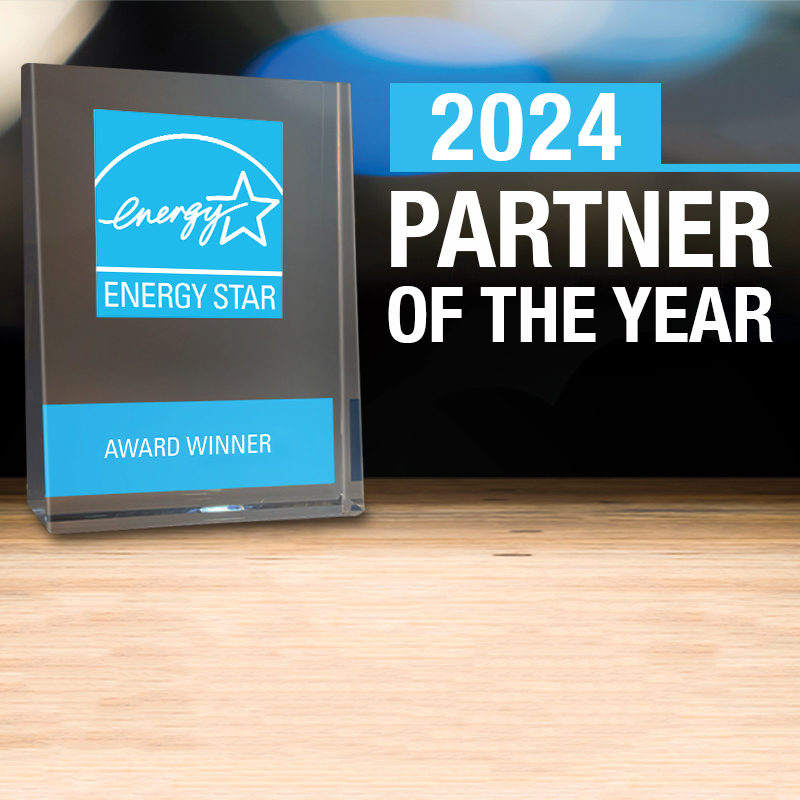Light-emitting diodes (LEDs) are a common alternative to the traditional incandescent light bulb, and for good reason. LEDs not only use 75 to 80 percent less energy (lasting 25 times longer), but also lose very little heat energy compared to traditional incandescent light bulbs that release 90 percent of their energy as heat.
If you’re considering making the switch to LED bulbs, look for those that have earned the ENERGY STAR label. Changing your home’s five most frequently used lights with them can save you up to $75 each year in energy costs.
Choosing the right LED
LEDs come in many shapes and lighting styles to fit different needs. If you’re confused about what kind you need, consider the list below:
- For ambient light, look for LEDs that are <60 watts (220-700 Lumens)
- For task lighting, look for LEDs that are 60-100 watts (700-1300 Lumens)
- To light large areas, look for LEDs that are 100+ watt (1300+ Lumens)
Whereas traditional light bulbs measure energy use in watts, LEDs are measured in lumens. If in doubt, just remember that the higher the lumens, the brighter the bulb.
Source: U.S. Department of Energy's (DOE)
Want to read more about LED lights? Here is some more comprehensive information.
Curious about The Home Depot’s commitment to reducing carbon emissions? Read about goals and accomplishments here.






